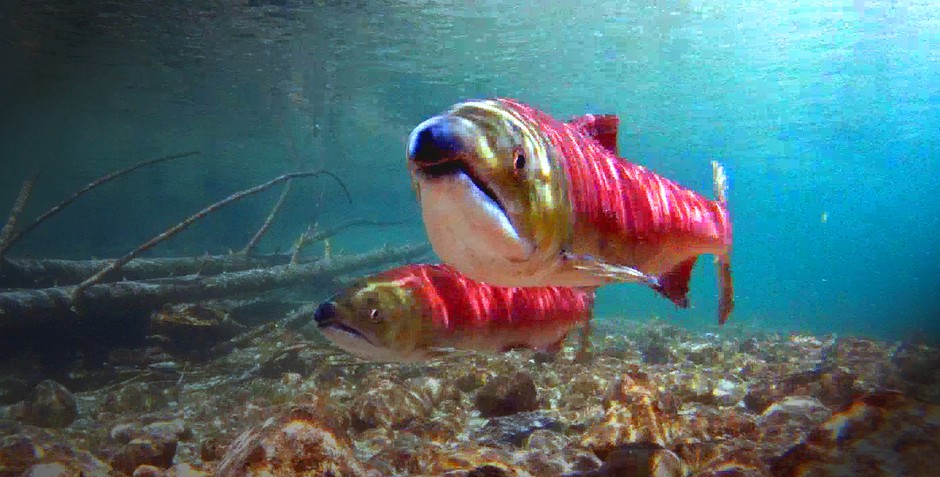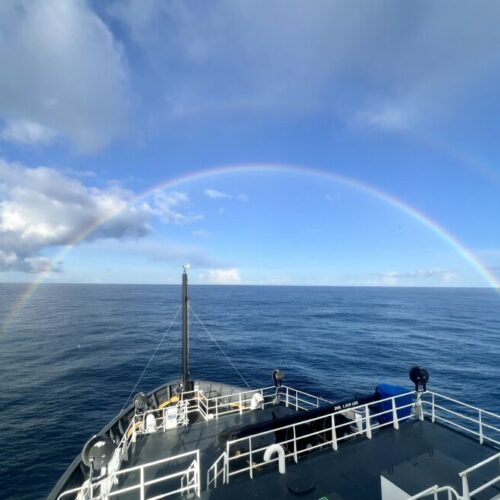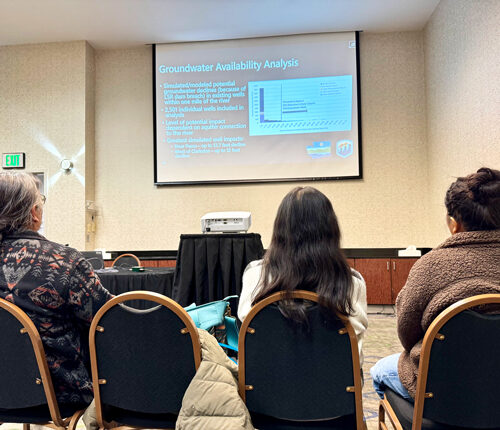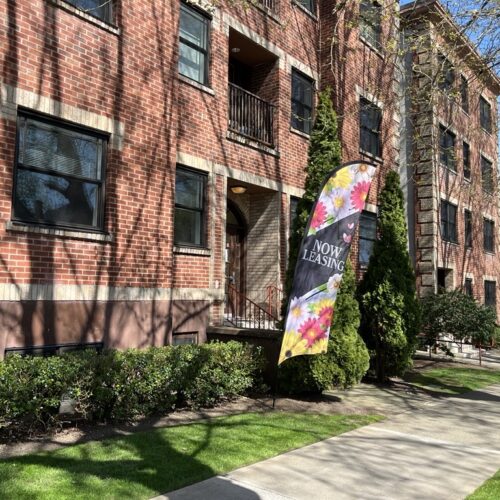
Heat Brings Concern For Northwest Salmon And Water Temps, As Memory Of 2015 Die-Off Looms
READ ON
As the mercury climbs this weekend, water temperatures are also expected to increase. Warmer waters can spell bad news for salmon, especially if the temperatures stay warm for long periods of time.
For salmon, temps above 68 degrees Fahrenheit can be dangerously warm. The fish will often take refuge in cooler areas, like tributaries.
“As we see river temperatures warm, fish might have less access to those types of habitats that they would be seeking out. That’s the risk, is that everything is warming up, and they’re not going to find those nice, cool places where they can hang out and do their thing,” said Alison Colotelo, a fisheries biologist at Pacific Northwest National Laboratory.
Snake River sockeye have already started migrating back from the ocean to their spawning grounds. Claire McGrath, with the federal NOAA Fisheries, says salmon should be reaching the mouth of the Snake in the next few days.
Earlier this week, dam managers began to release cool water from behind Idaho’s Dworshak Dam. That water eventually flows into the Snake River and should provide some relief.
Trouble is, that cool water won’t last forever.
“Depending on what the volume of water released from Dworshak is, there’s only so many days that we can effectively cool the temperatures at the Lower Granite project (on the Snake River),” McGrath said.
She says, in an average year, that works well to cool waters when it’s needed.
“The concern, of course, is that we have this pretty sustained heat wave right now. Temperatures in Lewiston, Idaho, are forecast above 100 degrees for close to two weeks,” McGrath said. “Those very extreme temperatures, it’s almost getting beyond our ability to control the temperature (behind dams) and maintain our temperature criterion of (68 degrees Fahrenheit).”
McGrath says water temperatures are “very reactive” to air temperatures, especially as water flow levels are lower in the Snake River. She says there’s concern that this year could be similar to disastrous water temperatures and low flows that happened in 2015. The good news: This year, the Lower Columbia River is in better shape than it was six years ago.
In 2015, extremely warm water combined with low stream flows. The Snake River sockeye run that year was supposed to break records. Instead, nearly 99 percent of the run died before it reached Idaho’s Sawtooth Valley.
Improvements were also made to the system after 2015 to help temperatures at fish ladders. Idaho Fish and Game can also trap and haul sockeye captured at Lower Granite Dam to the Sawtooth Hatchery, when it deems the water is too warm.
NOAA Fisheries is also paying attention to sockeye in Washington’s Okanagan basin, which faced a large die-off in 2015.
Many researchers viewed 2015 as a foreshadowing of what climate change could have in store for salmon.
“Understanding how do we manage our river systems in a way that’s effective, to get fish to where they need to be to be successful in spawning is going to continue to be important,” Colotelo said.
Related Stories:

Ocean conditions mixed for salmon, leading to average salmon returns
NOAA biologist Brian Burke says mixed ocean conditions may lead to average salmon runs, but climate change is disrupting ecosystems—making continued research critical.

Canadian leaders hope trade negotiations won’t derail Columbia River Treaty
A view of the Columbia River in British Columbia. The Columbia River Treaty is on “pause” while the Trump administration considers its policy options. However, recent comments by President Donald

Snake River water, recreation studies look at the river’s future
People listen to an introductory presentation on the water supply study findings at an open house-style meeting in Pasco. After they listened to the presentation, they could look at posters















